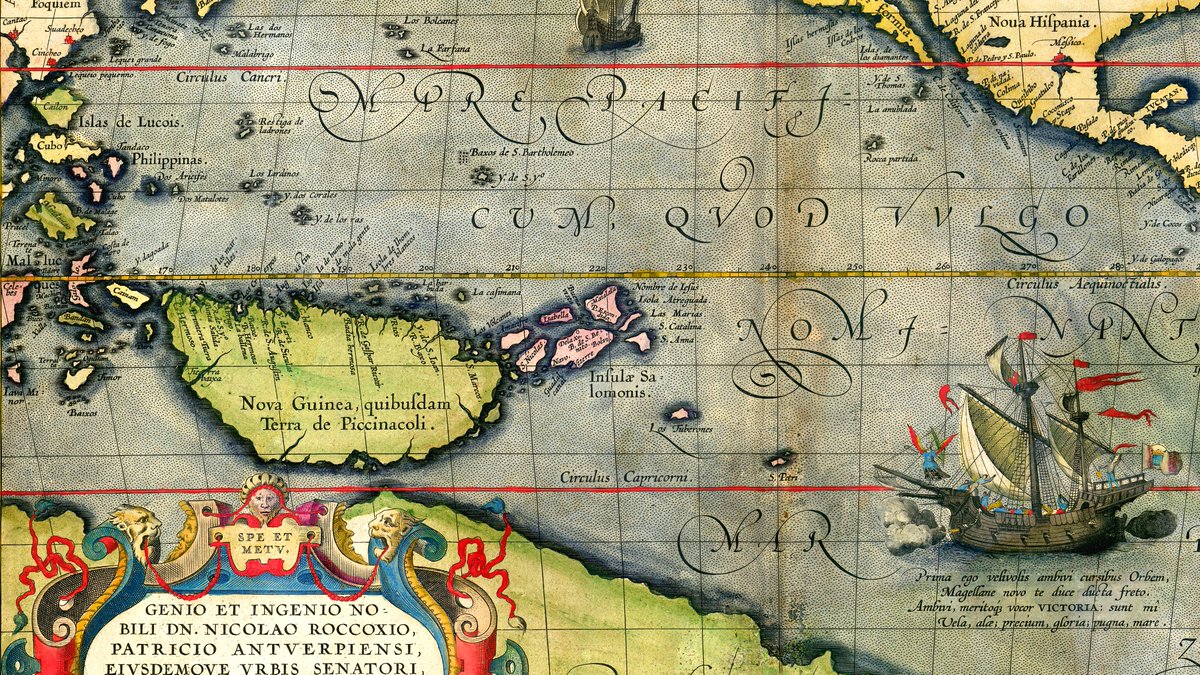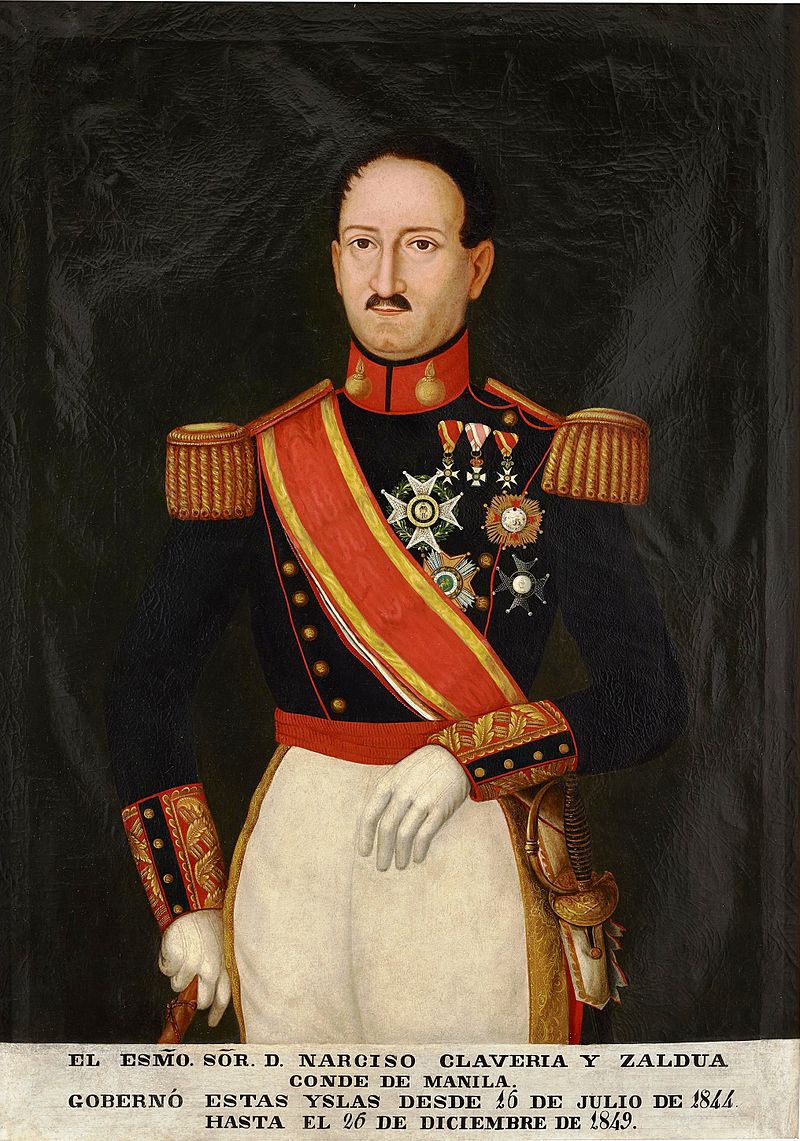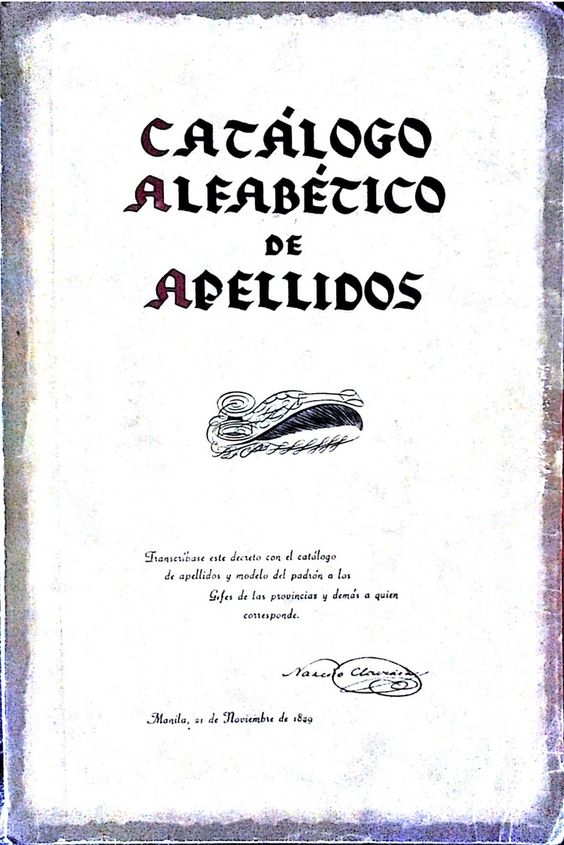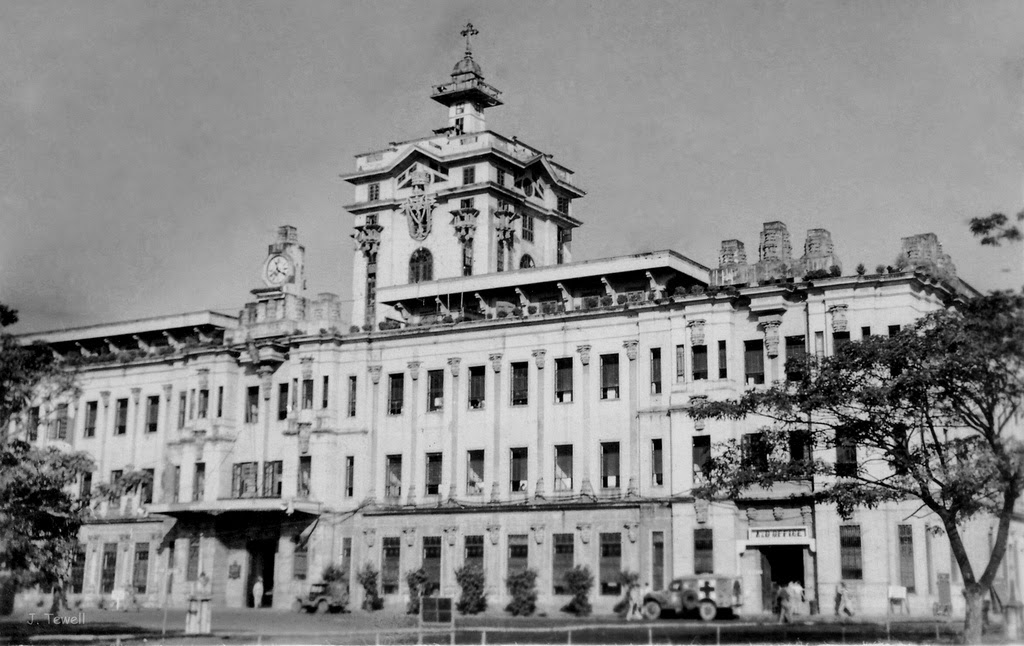
#TodayinHistory in 1863, Andrés Bonifacio y de Castro, revolutionary leader & 3rd president of the revolutionary org, the #Katipunan, was born in Tondo, #Manila, #PH. Under his leadership, the Katipunan lead an all-out revolution vs. Spain beginning Aug 1896. THREAD. #kasaysayan 


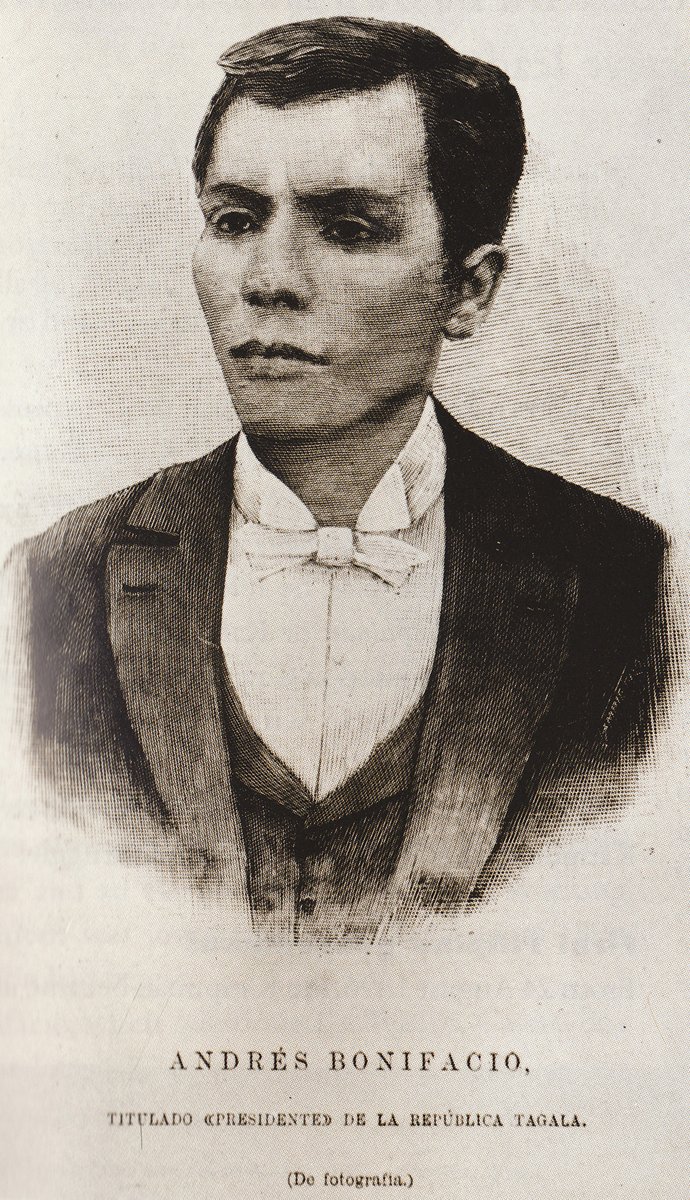
Born to Santiago Bonifacio and Catalina de Castro, a tailor & a housewife, Andres was born to a poor family, & eldest of his siblings—Ciriaco, Procopio, Espiridiona, Troadio, & Maxima. Upon the early death of their parents, Andres stood as breadwinner for the family.
First selling canes and paper fans, & juggling several jobs, Andres Bonifacio was employed as clerk & liaison for the British company Fleming & Co in Manila. He eventually became an agent of the company, but soon decided to switch to the German company, Fressel & Co.
His work in foreign companies made him a self-made man, exposed to the cosmopolitan issues of the day. His resources enabled him to self-study, reading several classic works of Western lit, while having read for himself Jose Rizal's Noli & El Fili.
https://twitter.com/indiohistorian/status/1241311883568623619?s=20
Andres was also active in #PH theatre, where he honed his oratorical skills in #Tagalog w/c would be valuable in rousing his countrymen to revolt. He married twice, first, to a certain Monica (who died of Leprosy), & later, to Gregoria de Jesus.
https://twitter.com/indiohistorian/status/1259063526875820034?s=20
The underground org, Katipunan, was conceptualized as early as January 1892. When Rizal est. La Liga Filipina, Andres was there as one of the 1st members. Upon Rizal's exile to Dapitan, Ladislao Diwa, Teodoro Plata & Bonifacio formally est. the org. 
https://twitter.com/indiohistorian/status/1279020645095858176?s=20

As members were recruited, and chapters established even to as far as Panay, Bonifacio sought Rizal's advice by sending Pio Valenzuela to Dapitan. Soon after, 2 of Rizal's sisters, Trinidad & Narcisa, & Rizal's eldest brother, Paciano, became members of the Katipunan.
The org, however, was discovered prematurely. It was decided that an all-out coordinated revolution must take place. Signifying the tearing of the cedula (a means of the gov to monitor citizens & avail tax), on 23 Aug 1896, #PH Revolution began.
https://twitter.com/indiohistorian/status/1297498358328696832?s=20
As the Gov-Gen Ramon Blanco declared Martial Law on 8 provinces, Bonifacio led the Battle of Pinaglabanan on 30 Aug 1896 in a bid to capture the water source of #Intramuros, but they were soon overwhelmed.
https://twitter.com/indiohistorian/status/1300033155244593152?s=20
As the revolution was triumphant in Cavite, Bonifacio was called upon to settle the growing tensions bet two Cavite Katipunan chapters, Magdiwang in Noveleta & Magdalo in Kawit. In March 1897, the Tejeros Convention was held.
https://twitter.com/indiohistorian/status/1241673773377449984?s=20
It was decided that the convention would elect a revo gov. However, Bonifacio was relegated to Interior Sec, but even then, this was challenged due to his supposed unfinished schooling. Seeing this as dishonorable, Bonifacio declared the election void.
https://twitter.com/indiohistorian/status/1241673777294925830?s=20
Caught in a bitter power struggle, Andres & brother Procopio were arrested, while another brother, Ciriaco, was shot dead. The two were tried for treason by a military tribunal, and were executed in the mountains of Maragondon on 10 May 1897.
Even when Andres Bonifacio met an unjust tragic end at the hands of a few of his countrymen, the Nation decided to mount a monument to honor his life & legacy. The cornerstone of the Bonifacio National Monument in Caloocan designed by Guillermo Tolentino was laid on 30 Nov 1929. 
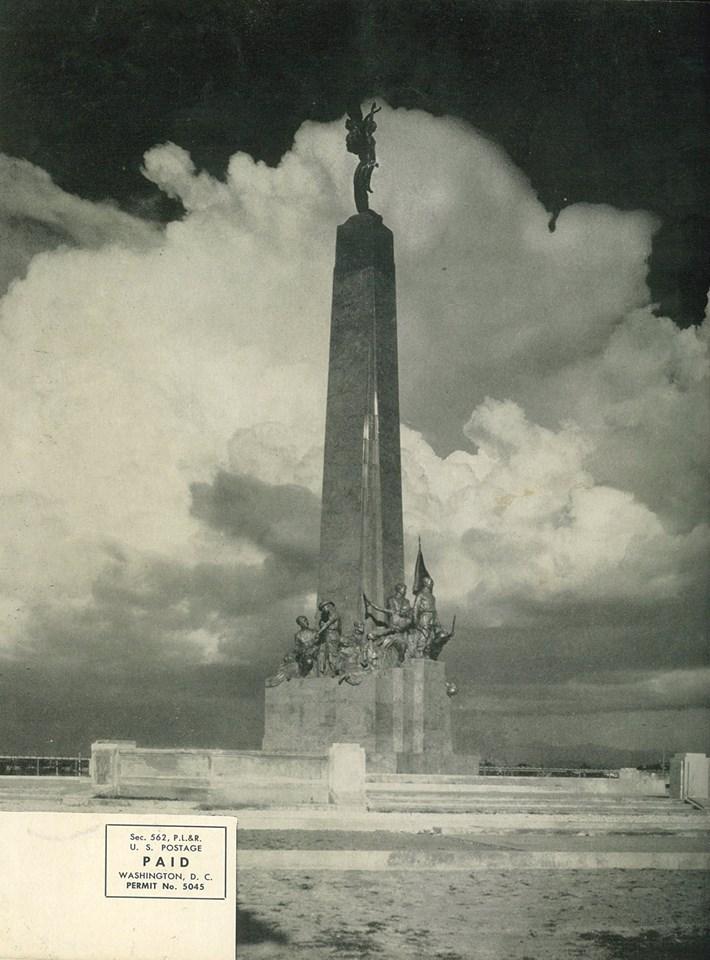
Photos:
- Bonifacio's only surviving portrait, from Jim Richardson
- Sketch from the orig portrait, feat. in La Ilustracion Española y Americana (1897)
- Casaysayan, a foundational Katipunan document, c. Jan 1892, from Jim Richardson
- Bonifacio Monument, 1933, Official Gazette
- Bonifacio's only surviving portrait, from Jim Richardson
- Sketch from the orig portrait, feat. in La Ilustracion Española y Americana (1897)
- Casaysayan, a foundational Katipunan document, c. Jan 1892, from Jim Richardson
- Bonifacio Monument, 1933, Official Gazette
• • •
Missing some Tweet in this thread? You can try to
force a refresh

